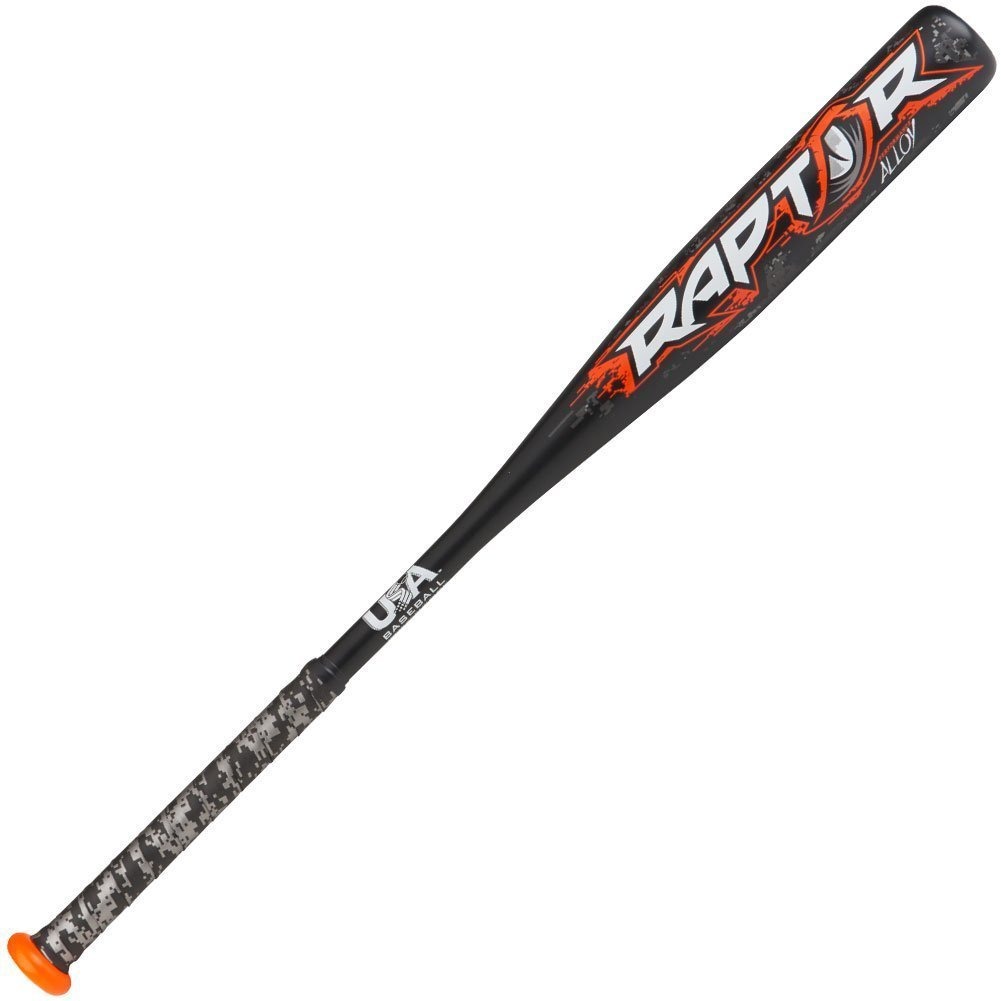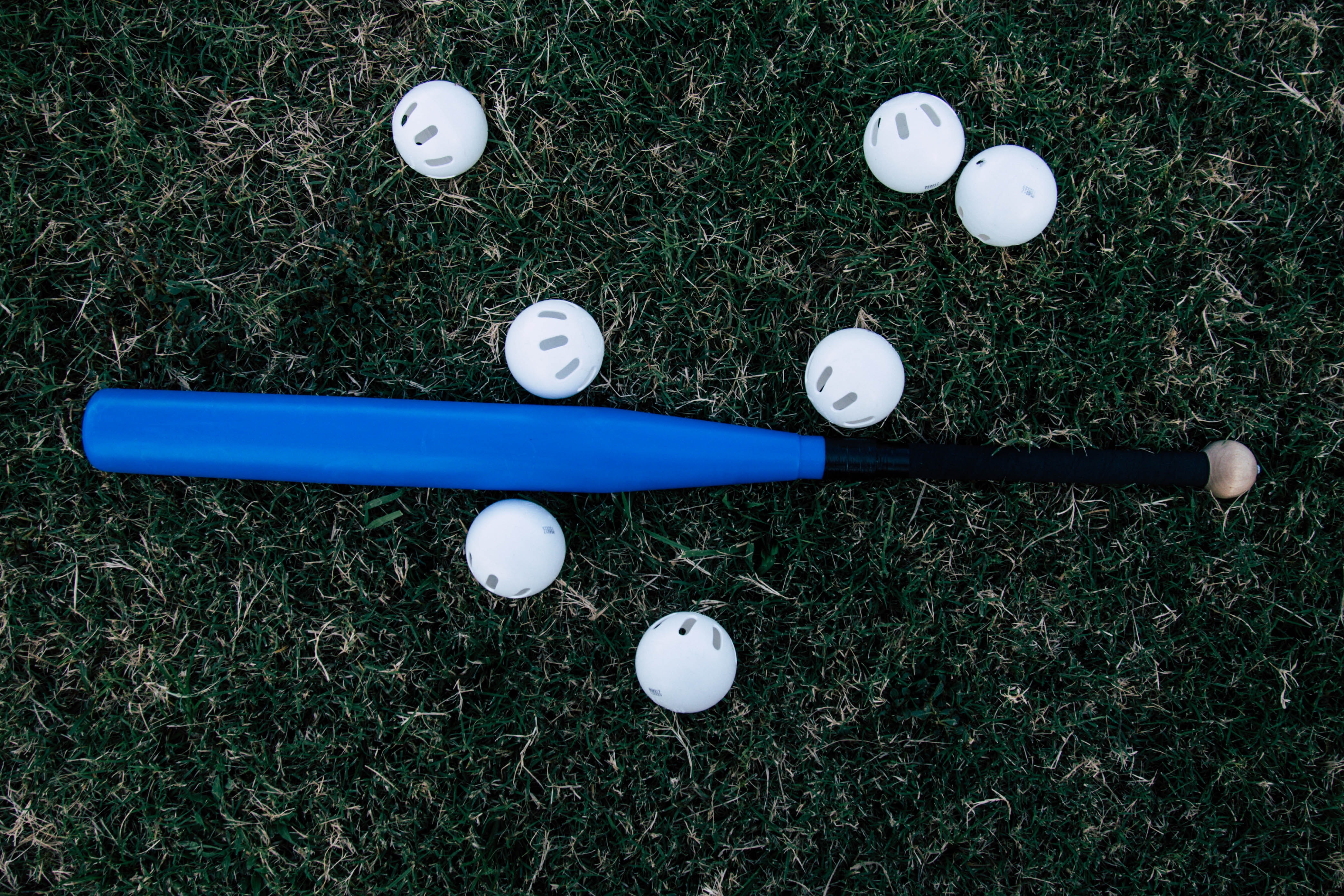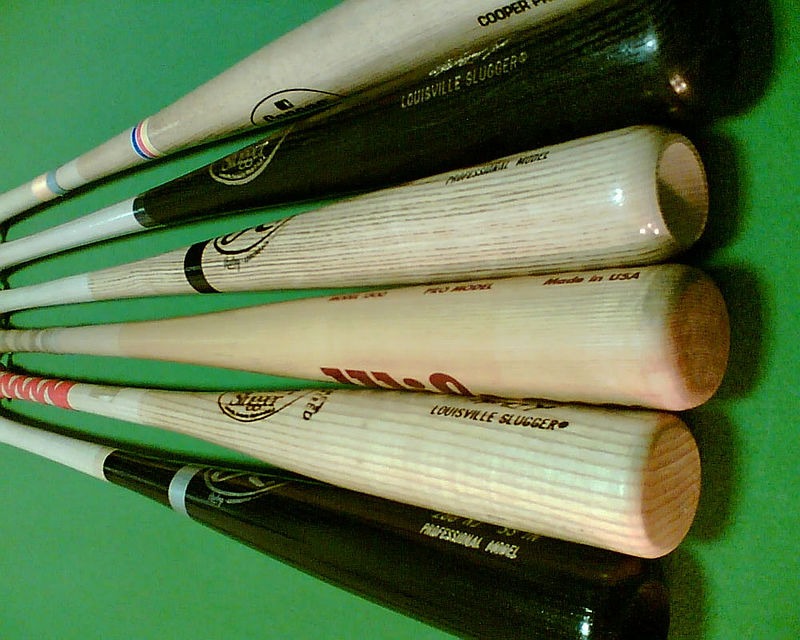Introduction to Baseball Bats

Apart from the baseball (the ball itself), the bat is one of the unique things about baseball. It is a long and smooth club used to hit the ball after it is thrown by the pitcher.
Aluminum vs. Wood

Baseball bats are made of either wood or metal. Most wooden bats are made of ash, while metal bats are usually made of aluminum. Each of wood and aluminum bats has its own pros and cons, so check them out and see which of them will be suit up better for your baseball game.
Wood Bats – Advantages and Disadvantages

Advantages
Many people have found wood baseball bats as beneficial to practice with as well as use with during actual matches. The following are some of the reasons why wood bats are better:
a) When you learn how to bat for the first time, it should always be with a wood bat. Why? Because of less “pop” on the bat, wood baseball bats make the fundamentals of hitting more important to learn compared to aluminum bats. This is to maximize the power gained from the swing rather than relying on the bat itself for pop and drive.
b) A wood bat is more balanced than an aluminum bat, with the weight of a wooden bat being more evenly distributed compared to top-heavy which is a characteristic of most aluminum bats.
c) Honestly, it hurts quite a bit more when getting jammed with a wood bat than with an aluminum bat. This is a good thing, though. Because using a wood bat teaches you discipline and timing at the plate in the long run, compared to using an aluminum bat.
d) Every wood bat has a sweet spot where the ball just seems to fly off the bat. Aluminum bats have sweet spots too, only less pronounced than in a wood bat. Because of this obvious sweet spot, it encourages hitters to improve their timing in order to hit the ball with that sweet spot more often.
e) Wood bats, when used effectively below the professional level, draw attention as well. If a hitter is able to hit with power consistently, they will pique the interest of collegiate and (possibly) professional scouts as well. This is because of the increased difficulty of hitting with a wood bat.
f) Wooden bats can be used in all weather conditions.
Disadvantages
If there are advantages of a wood bat, there are also a couple of disadvantages:
a) One of the biggest issues of using a wooden bat is that it breaks. In almost all baseball matches, there will be at least one broken bat.
b) Wooden bats tend to be so heavy, that young and novice batters have difficulty swinging with them.
Aluminum Bats – Advantages and Disadvantages:

Advantages
Many batters, from beginners to pros, find aluminum bats more advantageous to their performance. The following are the advantages of using aluminum bats:
a) Aluminum bats have a larger sweet spot than wooden bats do. This allows the hitter to have a better chance of producing the maximum amount of power when hitting the ball.
b) The bat will not break as easily when a ball is mis-hit nearer to the handle. In fact, it is likely that it will not ever break within a reasonable amount of time. So, when a hitter gets jammed on a pitch, instead of having a broken bat, the hit is turned into a possible single instead.
c) Aluminum is most often used by people below the professional level due to the reduced level of difficulty they give to hitting.
d) Aluminum bats are lightweight, which makes them easy to swing and enables batters to give a very good bat speed. They also make a good teaching tool for beginners.
Disadvantages
If there are advantages to using an aluminum bat, there are also some disadvantages:
a) Aluminum bats tend to suffer dents. That's why when buying an aluminum bat, make sure that it has a at least a one-year warranty.
b) It is costly. A wood bat will cost you around $50, while an aluminum bat will cost at least $150. But at least, its durability makes up for its high price tag, so that makes an aluminum bat more cost-effective as it doesn't break like a wood bat does.
c) Another issue for most aluminum bats is compression. When the ball comes in contact with the bat, this very collision causes the bat to compress. In effect, the ball begins to slow down as it comes right off the bat.
Buying Baseball Bats

Baseball bats have come a long way, and technology has drastically changed the way baseball bats have been manufactured over the last few decades. While there are the traditional wood bats and then aluminum bats, there are also composite bats – bats that are constructed of various materials such as a reinforced carbon fiber polymer or a composite.
When buying a baseball bat, make sure that you're comfortable with its size and weight. Unless your team or your league has specific rules regarding baseball bats, personal preference plays a key role in choosing and buying a baseball bat.
If you want more power, heavier baseball bats will provide it. But if you want more control out of your bat as well as increased speed, you should buy lighter baseball bats.
a) Know the differences among baseball bats. They are made of wood, aluminum and composite. Know which any of the types that you're comfortable gripping and swinging.
b) If you are playing for an amateur or a professional baseball club and the bat should be for your own team's use, refer to the league's basic baseball guidelines that will help you determine when choosing the right baseball bat. It would be helpful if you have a copy of the guidelines handy when shopping for a baseball bat, and use these guidelines to help you look for certain bats that are in compliance with the league's bat regulations and standards.
c) Age and height are also factors, so consider them when shopping for a bat. You may enlist the help of a sales clerk or refer to a baseball bat chart that takes every factor into consideration such as age, height, weight and gender. Most sporting goods have access to such charts.
d) You want a good bat that will serve its purpose well and last as long as possible. That's why you have to carefully look into the quality of bats, which can vary from brand or manufacturer. Check out consumer reviews online, as they will help you get a better idea whether this model has good a quality and is worth buying.
e) To know if a certain baseball bat is the right one for you before you buy it, test it first. Many sporting goods feature floor models which allow consumers to test the them for gripping, swinging and other baseball bat basics.
f) If you are planning on bringing a baseball bat for trips in other states or countries, you can read our tips on How to Fly with Baseball Equipment for more info on how to properly fly with baseball bats and other pieces of baseball equipment.
Bat Rules

Every league has its own set of baseball bat rules.
In Little League Baseball, it requires bats to meet the USA Baseball Bat (USABat) standards. Bats that are non-wood and laminated should have the USA Baseball logo, signifying that they have met USABat standards.
In Little League's minor and major divisions, for instance – a bat should not exceed 2 5/8 inches in diameter. For wood bats, they should not exceed 15/16 inches in diameter at the smallest part. Taped or fitted wood bats should not exceed 16 inches in diameter at the smallest part. Intermediate and senior divisions also have their own baseball bat specifications. You can check more of them on Little League's official page: https://www.littleleague.org/playing-rules/bat-rules/
Regardless the length of the bat, there is a required “drop” or difference in its weight and length.
According to Major League Baseball bat rules, the standard size of the wooden bat should be no more than 42 inches long and 2.61 inches (70 mm) in diameter at the thicker end.
Bats weigh variously, but MLB regulations state that a baseball bat should not weigh more or less than 32 ounces (two pounds). This is rather interesting because the smallest bat used in the MLB already weighs two pounds. There are heavy bats, on the other hand, that can weigh as much as 54 ounces (3.4 pounds).




